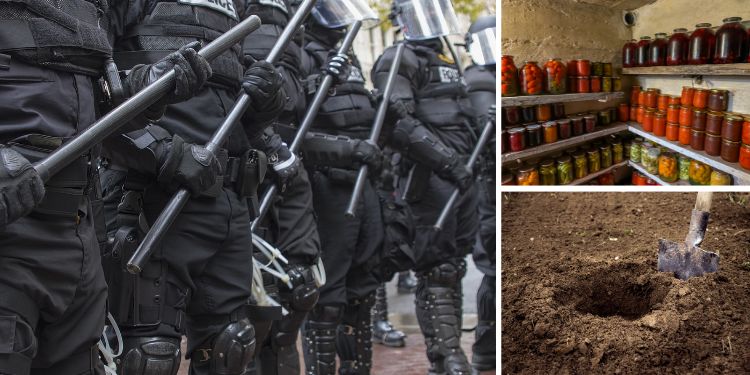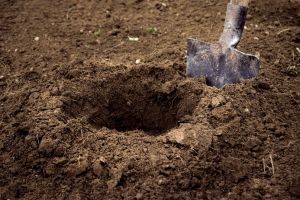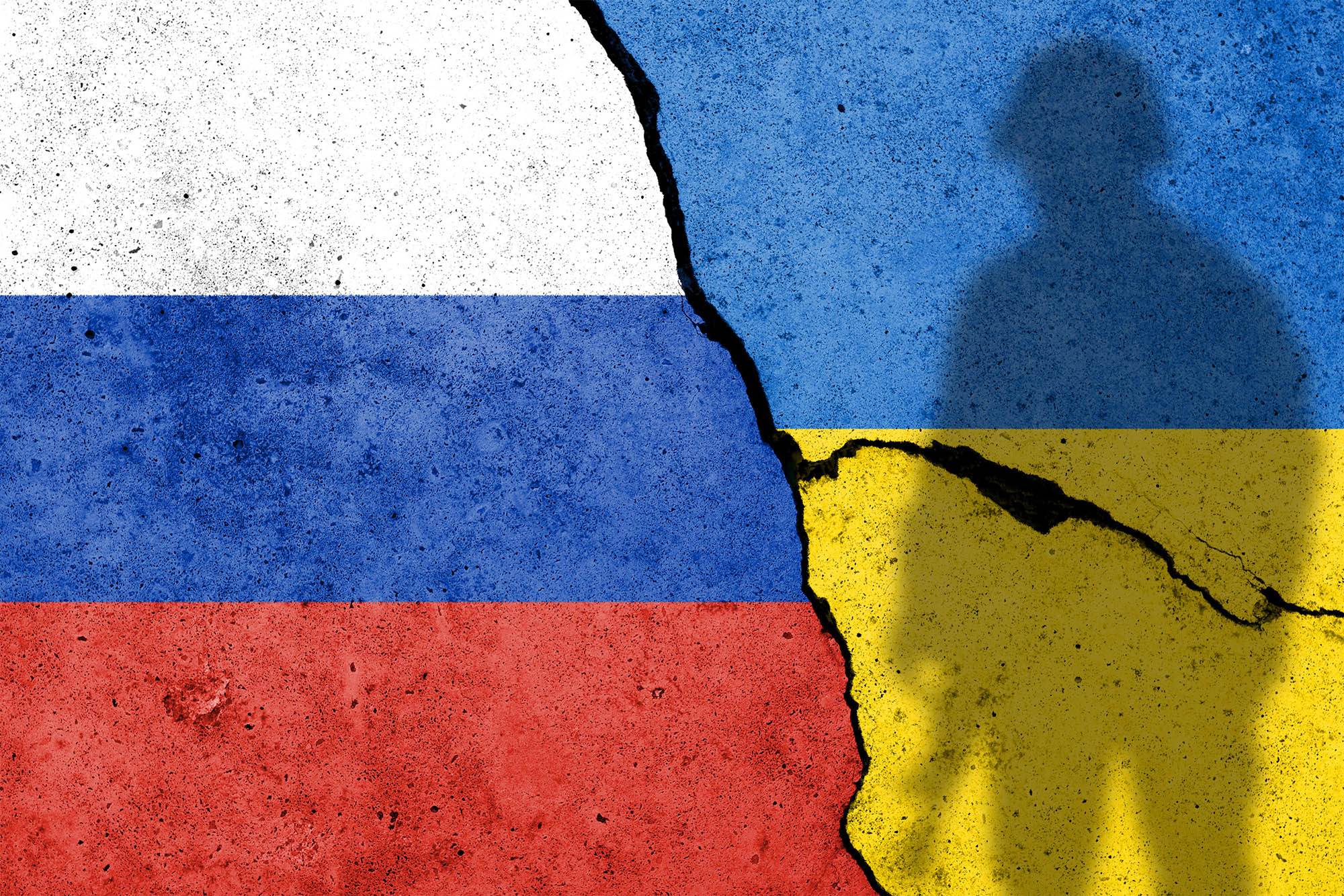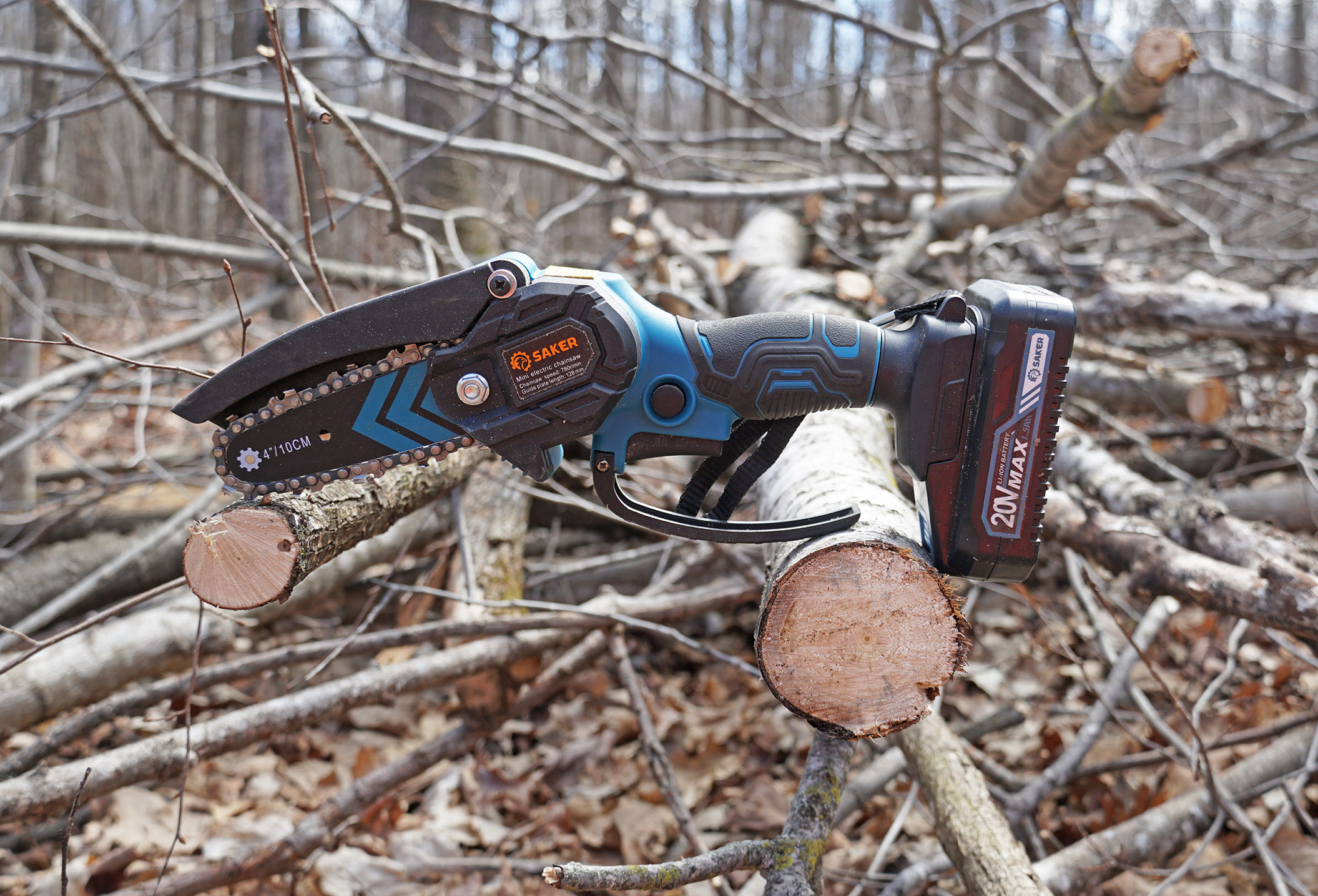FEMA-Proof Your Stockpile – Ask a Prepper

It took some time, but now you’ve finally gathered a decent SHTF stockpile, complete with food designed to last for years, water collection and purification systems, and other essential supplies. You even managed to equip your home with a solar generator for when the grid goes down. Now you can sleep soundly knowing that you are prepared for anything that might happen.
But are you really?
With the upcoming elections drawing closer, you might be wondering what awaits us in the next few months. Whether we are looking at drastic changes, riots, or law enforcement hyperactivity, one thing is certain: Civil unrest is on the rise, and with it, so is the possibility of a SHTF scenario.
You might have heard of FEMA—the Federal Emergency Management Agency—initially created in 1979 by President Carter and later integrated into the Department of Homeland Security in 2003 after the 9/11 attacks, tasked with managing “emergency situations.”
This term is not so well defined, giving this particular agency the power to intervene in different scenarios. Unfortunately, looking at recent history, there have been instances when government agencies were given the power to seize goods from the general population and redistribute them however they saw fit.
 A first example of a legislative blunder dates back to the Cold War era, when President Kennedy issued Executive Order 10998, which grants the government authority to take over agricultural production and distribution, including goods stockpiled for survival purposes.
A first example of a legislative blunder dates back to the Cold War era, when President Kennedy issued Executive Order 10998, which grants the government authority to take over agricultural production and distribution, including goods stockpiled for survival purposes.
Given the historical context of that timeframe, there’s no wonder why this decision was heavily criticized. The people believed that this measure mirrored the Communist practice of seizing goods from the population while giving the government power to decide how it got redistributed. Many feared this could leave the door open for corruption to rear its ugly head during emergencies.
The situation has not gotten any better in more recent times either. President Obama issued Executive Order 13603, granting the federal government the ability to seize and redistribute water, food, and other resources when the U.S. is in a state of emergency.
This could render your carefully prepared stockpile (along with all the blood, sweat, and tears you put into it) obsolete.
As you know, history tends to repeat itself, so you’d better get ready for what comes next.
So let me show you how I FEMA-proofed my stockpile, and hopefully it will help you do the same.
Keep a Low Profile
Avoid talking openly about your preparations and stockpile. The fewer people who know about your supplies, the lower the chance of them being reported or targeted for confiscation.
Related: 7 Prepping Items FEMA Will Confiscate When SHTF
Anyone who has been prepping for some time is going to agree with me on this one. The more you brag and talk openly about the extent of your preparedness, the bigger a bullseye you are putting on your own back.
 Think about it. If the whole neighborhood knows that you have food for days stockpiled on your property, whose house is going to get raided by FEMA when everyone else is waiting for a handout?
Think about it. If the whole neighborhood knows that you have food for days stockpiled on your property, whose house is going to get raided by FEMA when everyone else is waiting for a handout?
My advice is to think twice before you tell your neighbor about that brand new batch of canned foods you just purchased.
Hide in Plain Sight
Use decoy supplies in visible areas while you conceal your primary stockpile in hidden compartments, false walls, or below ground. This way, authorities might only find your decoys if a seizure occurs. I personally like to keep a bug-out bag filled with basic supplies in the closet and a few old cans in the pantry, among other things. These are the first places that they are going to search.
Practice Stealth Preparation
When you build or move your stockpile, do so discreetly. Try not to draw attention, and transport supplies at night or at low-traffic times. Use nondescript vehicles and packaging to keep your activities under the radar. I never buy my supplies online. I think it’s best not to leave a digital trail.
Always be aware of your surroundings! Avoid the prying gaze of your “friendly neighbor” at all costs. No one should be around when you carry or move your supplies. As I said before, when SHTF, most people are going to turn to FEMA for handouts and start ratting on their neighbors, helping the agency seize their stockpiles in the name of “the greater good.”
Focus on Portable Goods
Stockpile lightweight, easy-to-move supplies such as freeze-dried food, portable water filters, and compact tools. This will allow you to quickly relocate if needed, and it’s less likely to attract attention than bulkier supplies.
Diversify Your Storage Locations
 Don’t keep all your supplies in one place. Store your stockpile in multiple secure locations, such as hidden areas in your home or even buried in cache sites, to avoid a complete loss if one location is compromised. I went as far as building my own root cellar. If you place its entrance with stealth in mind, chances are that nobody is ever going to find your supplies.
Don’t keep all your supplies in one place. Store your stockpile in multiple secure locations, such as hidden areas in your home or even buried in cache sites, to avoid a complete loss if one location is compromised. I went as far as building my own root cellar. If you place its entrance with stealth in mind, chances are that nobody is ever going to find your supplies.
I learned all about it from a book called Easy Cellar. There you can find out what is the best and easiest way to build your own root cellar.
Camouflage Your Supplies
Hide your stockpile in everyday items or structures, such as hollow furniture, fake electrical panels, or disguised storage containers. Use creative camouflage to make your supplies harder to detect during inspections. I personally like to keep some of my supplies in car parts boxes in my garage. I can almost guarantee that no FEMA inspector in their right mind would bother to drag a seemingly heavy crate labeled “2004 5R44E Torque Converter” off a shelf to check its contents.
Use Discreet Packaging
While talking about labeling stuff, I highly advise that you store your supplies in unmarked, generic containers. Avoid labeling items like food, water, or medical supplies in ways that make them easily identifiable to outsiders or authorities. I like to repurpose large cardboard boxes from appliances, car parts, or furniture.
Rely on Renewable Resources
Equip yourself with survival essentials like solar panels, rainwater harvesting systems, and indoor gardens. These tools cannot be seized by any agency and will keep you safe when all distribution networks are inevitably going to collapse along with the power grid.
These are just a few of my tips on keeping your supplies safe from the dreaded four-letter agency. As a final piece of advice on this matter, be creative! Never let them or anyone else know the extent of your preparedness. Always be on the lookout for folks that tend to become a little too interested in your personal business. Keep to yourself, and don’t ever brag about your stockpile!
If you’d like to learn more about FEMA-proofing your stockpile and getting ready for the upcoming chaos that will follow this year’s elections, I highly recommend reading A Navy SEAL’s Bug-In Guide. You’ll discover how to make yourself invisible to both FEMA and looters when SHTF as well as how to optimize your stockpile for long-term storage, reinforce your home security, and even generate your own electricity when the grid goes down.
You may also like:
 EMP-Proofing Myths No One Ever Told You
EMP-Proofing Myths No One Ever Told You
How to Get 295 Pounds of Extra Food for Just $5 a Week (Video)
8 Ingenious DIY Chicken Projects
What Livestock My Grandparents Raised During the Great Depression
How to Build Self-Watering Raised Garden Beds
Read the full article here







